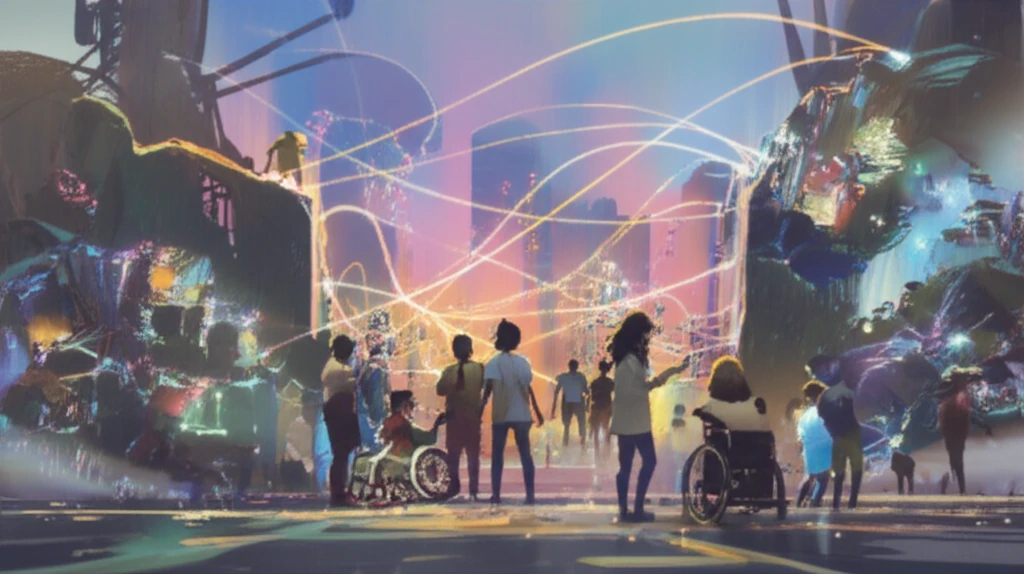
Beyond Pity: Finding Value in Differences and Disability
"Explore how compassion towards individuals with physical disabilities can evolve from pity to genuine understanding and respect for human dignity."
What drives our inclination to feel compassion or pity for individuals with physical disabilities? How do we interpret disability in a way that sparks these sentiments? Are compassion and pity natural responses, or are they shaped by something more? These questions arise from previous studies exploring the lived experience of physical disability, motivating a deeper look into compassion and pity within diverse interpersonal relationships.
This article is grounded in the idea that compassion and pity towards physical disability involve interpretation, which is influenced by the observer’s personal values as built by the social and historical context. Our understanding is that the sociocultural foundation for these interpretations exists on multiple levels, including collective thought, locally shared perspectives, and unique personal experiences. All these levels affect our views.
Feelings of compassion and pity exist where the individual and the collective, the subjective and the objective, and the natural and sociocultural all meet. This intersection is common in the experience of emotions. Feelings are connected to emotions, and as noted by Mauss (1979), they consist of social phenomena expressed through learned behavior instead of just internal physiology. Therefore, feelings are learned in social interactions and physically experienced through gestures and sensations that create emotion.
From Monstrosity to Humanity: A Historical Perspective

Historically, the perception of physical deformities in the West was initially tied to the idea of monsters and monstrosities. Up until the 15th century, physical abnormalities were seen as animalistic, representing failures of creation within a religious framework. However, between the 16th and 18th centuries, scientific reasoning led to a more secular and rational understanding of physical differences. This shift marked a move towards understanding these anomalies through the lens of teratology, viewing them as organic rather than supernatural.
- Understanding the Historical Context: The history of how societies have viewed and treated physical differences is essential to understanding modern attitudes of compassion and pity.
- Recognizing the Shift: Moving from supernatural explanations to scientific ones has changed how we respond to physical differences, influencing our emotional and ethical considerations.
- Acknowledging the Complexity: The tension between fascination and rejection is a recurring theme in how society views those with physical differences.
Beyond Sentimentality: Towards Genuine Understanding
Feelings towards physical disability involve both personal and collective dimensions, relying on pre-existing interpretations and categorizations of the "normal" body and its deviations. These assessments are shaped by social and moral ideals of ability, functionality, and beauty, which vary across time and place. Deviations from these ideals can evoke a range of responses, including aversion, fascination, and the desire to help.
True understanding goes beyond mere sentimentality. It means rejecting simplistic pity and recognizing the inherent worth and potential of every individual, regardless of physical differences. By acknowledging the social barriers and prejudices that limit participation, we can work towards creating a more inclusive and equitable society.
Ultimately, moving past pity and embracing genuine compassion requires a fundamental shift in perspective. It means recognizing the shared humanity that connects us all, celebrating the richness of human diversity, and working towards a society where everyone can thrive with dignity and respect.
